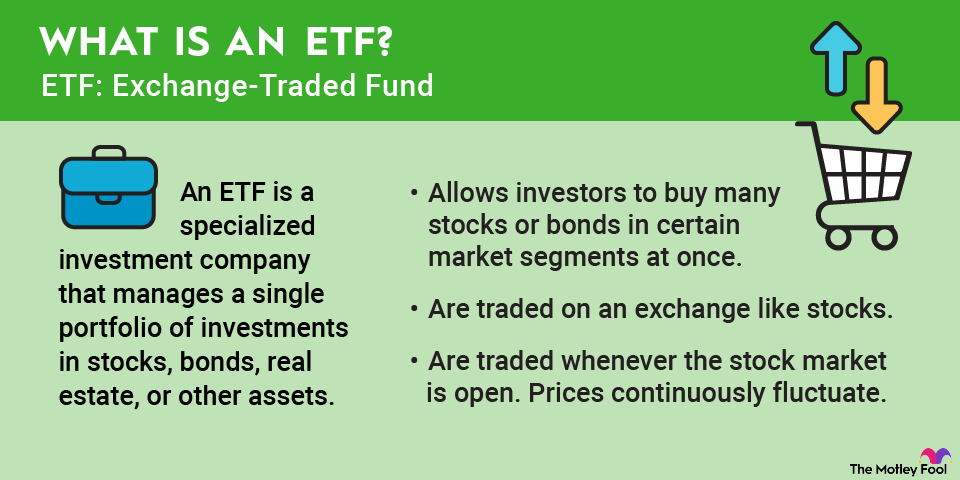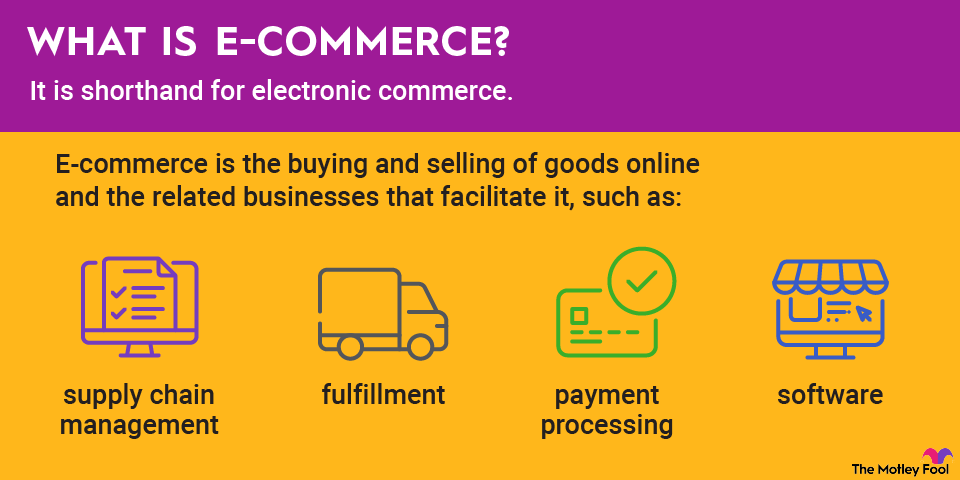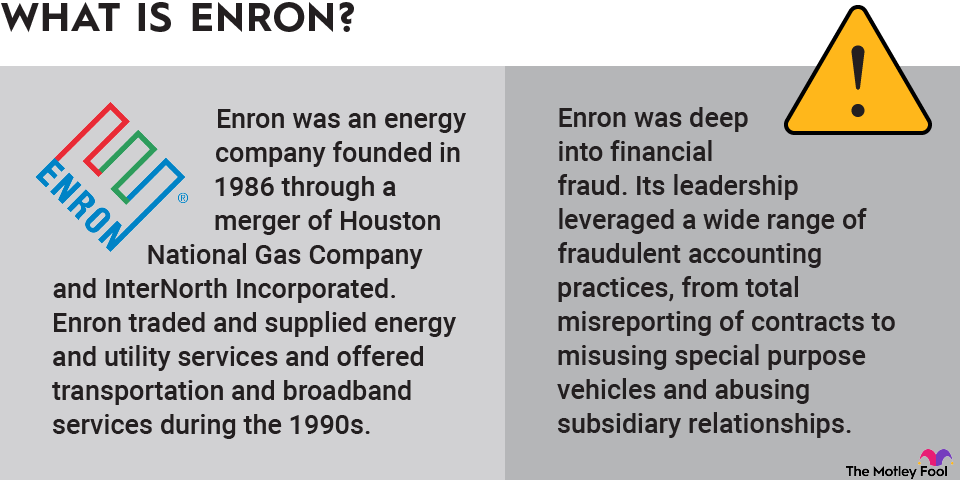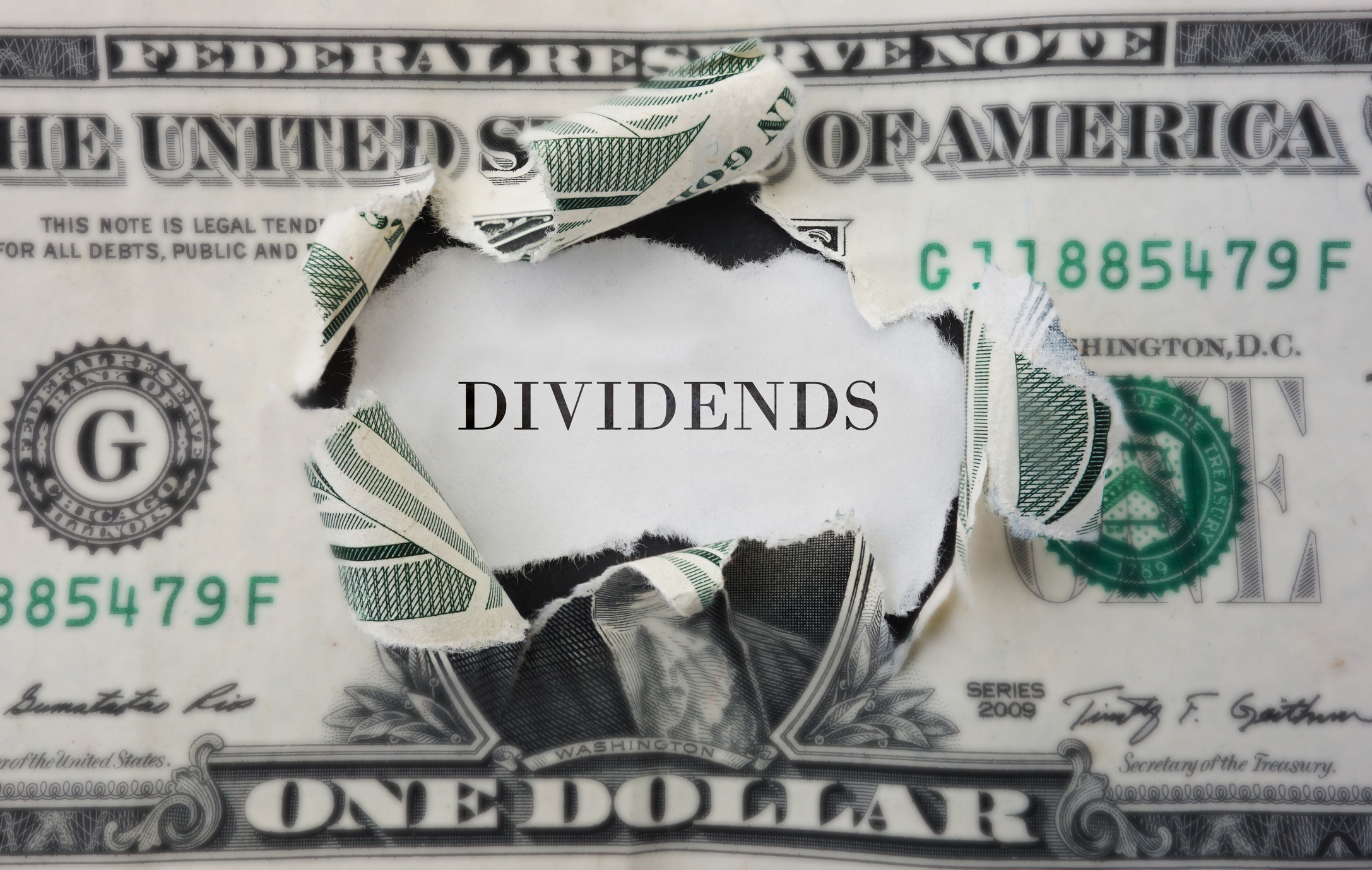ERC-20 is a token standard used by Ethereum (ETH -1.13%), the world's largest programmable blockchain.
It's easier to understand when it's broken down a little bit. Ethereum is a programmable blockchain, meaning people can use it to create their own tokens. These tokens can represent basically anything on Ethereum, including points in an online platform, shares in a company, or currencies such as the U.S. dollar.

As a token standard, ERC-20 is the set of rules that allows tokens to function properly within the Ethereum ecosystem. It's an important concept, so in this guide, we'll cover how it works and some of the larger ERC-20 tokens on the market.
What makes ERC-20 unique?
ERC-20 serves a key role on the Ethereum network. It provides technical guidelines for developers creating tokens.
Why is that important? Ethereum is a versatile blockchain with a wide range of applications, and that's because it's capable of running smart contracts. A smart contract is a program that runs on a blockchain.
These smart contracts have many potential uses. For example, they can be bundled together to build decentralized apps (dApps), which are blockchain-based apps. They can also be used to launch crypto tokens that run on the Ethereum blockchain.
If you're going to create your own cryptocurrency on Ethereum and you want people to use it, then it needs to be compatible with everything else running on the blockchain. It needs to work with dApps, blockchain games, crypto wallets, and other services designed for Ethereum tokens.
That's where ERC-20 comes in. By following these guidelines, developers can ensure their tokens will work with other Ethereum projects.
Where ERC-20 came from
Ethereum developer Fabian Vogelsteller proposed the ERC-20 standard on Nov. 19, 2015. ERC stands for "Ethereum request for comments," and it's how developers propose improvements to the blockchain.
ERC-20 was officially recognized toward the end of 2017 when it became Ethereum Improvement Protocol 20 (EIP-20), authored by Vogelsteller and Ethereum co-founder Vitalik Buterin.
How ERC-20 works
ERC-20 provides a list of coding functions. Crypto tokens that implement these functions are called ERC-20 tokens because they're following that standard. These functions are broken down into three different types: getters, functions, and events.
Getters simply return information and don't modify anything. There are three getters:
- Total supply: Returns the amount of tokens in existence.
- Balance of: Returns the amount of tokens owned by an address/account.
- Allowance: Allowances permit an account to spend some tokens that belong to a different owner. For example, if address A gives an allowance of 50 tokens to address B, then address B can spend up to 50 tokens on address A's behalf.
Functions perform an action. There are also three functions:
- Transfer: Moves tokens from a sender address to a recipient address.
- Approve: Sets the amount of an allowance that a spender can use.
- Transfer from: Moves the amount of tokens from a sender to a recipient using the allowance mechanism.
Events are emitted when an action occurs. There are two events:
- Transfer: Emitted when the amount of tokens is sent from the sender to a recipient address.
- Approval: Emitted when the amount of tokens is approved by the owner to be used by the spender.
ERC-20 vs. ERC-721 vs. ERC-1155
Ethereum has multiple token standards. In addition to ERC-20, two other important token standards are ERC-721 and ERC-1155. Here's what makes them different:
- ERC-20 is the fungible token standard. Fungible tokens are identical to one another in type and value. Cryptocurrencies are an example of fungible tokens.
- ERC-721 is the non-fungible token (NFT) standard. NFTs are used to identify something unique, such as a digital collectible.
- ERC-1155 is the multi-token standard. It's a smart contract interface that can manage multiple token types. ERC-1155 tokens can perform the same functions as both ERC-20 and ERC-721 tokens.
Notable ERC-20 tokens
It would take some time to go through all the ERC-20 tokens in existence. According to Etherscan, there are currently more than 500,000, and the number keeps rising.
These include some of the largest cryptocurrencies on the market, smaller projects, and -- to be completely candid -- a bunch of scams. Because of how easy it is to launch a token on Ethereum, the quality of these projects can vary quite a bit.
Here are some of the most notable ERC-20 tokens and what they do:
- Wrapped Bitcoin (WBTC -0.39%) is a version of Bitcoin (BTC -0.42%) that's tokenized so it can be used on the Ethereum blockchain. It's backed 1:1 by Bitcoin reserves.
- Polygon (CRYPTO:MATIC) is a Layer 2 blockchain, meaning that Polygon is a separate blockchain that extends Ethereum. It's designed to run alongside Ethereum and provide faster, cheaper transactions.
- Shiba Inu (SHIB -1.96%) is one of the most popular meme tokens. It's not highly regarded as an investment or a crypto project, but it has a passionate fanbase.
- Uniswap (UNI -0.33%) is a decentralized cryptocurrency exchange. It operates using smart contracts and without any central authority, and it allows users to swap cryptocurrencies.
- Tether (USDT -0.00%), USD Coin (USDC -0.03%), and Binance USD (BUSD -0.21%) are all stablecoins pegged to the U.S. dollar. They're designed to maintain a price of $1.
It's important to clarify that some of these cryptocurrencies are available across different blockchains as multiple types of tokens, not just ERC-20 tokens. For example, Tether is available as an ERC-20 token, but there are also USDT tokens available on Solana (SOL -1.53%), Algorand (ALGO +1.57%), and several other blockchains.
Related Investing Topics
Investing in ERC-20 tokens
As cryptocurrency investments, ERC-20 tokens have some unique advantages and risks compared to other types of tokens.
Since ERC-20 tokens are built on Ethereum, they offer the same level of security. They're also compatible with the rest of the Ethereum ecosystem. That's a huge benefit since Ethereum is the most popular blockchain for dApps and decentralized finance (DeFi) services.
On the other hand, the fact that they're tied to Ethereum means that ERC-20 tokens are at least somewhat reliant on its success. They're also subject to Ethereum’s heavy network congestion, a common issue that leads to slow transactions and expensive gas fees.
There's a low barrier to entry to creating an ERC-20 token, which can be good and bad. It enables far more people to launch their projects, but it also leads to more scams. Investors need to be cautious and do plenty of research before buying into new token projects.
ERC-20 tokens can increase or decrease in value very quickly, just like other cryptocurrencies. If you decide to invest, be ready for that volatility, and make sure to only spend what you could afford to lose.



















